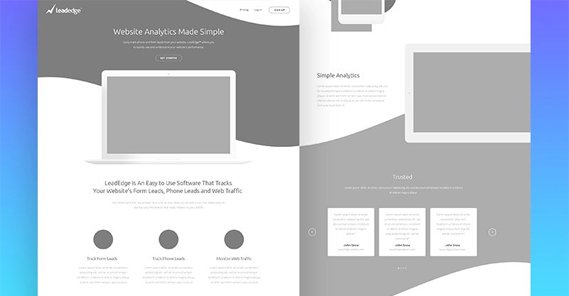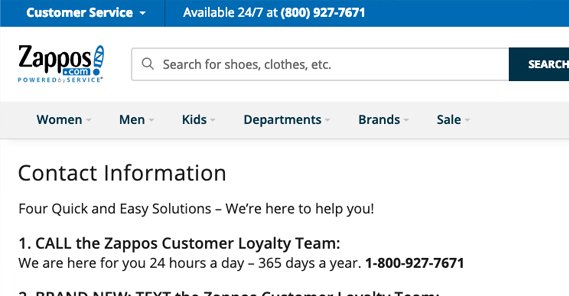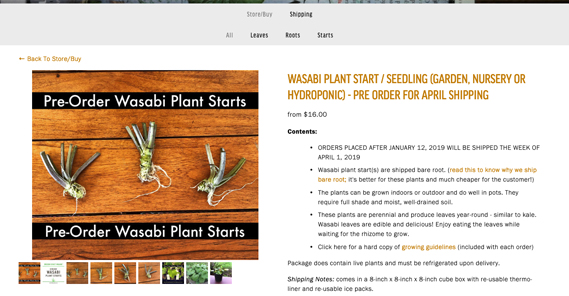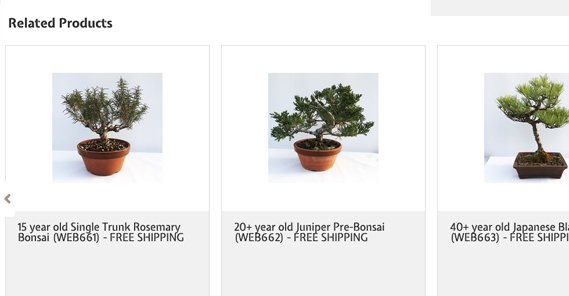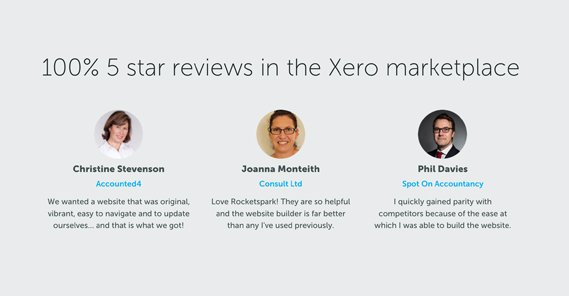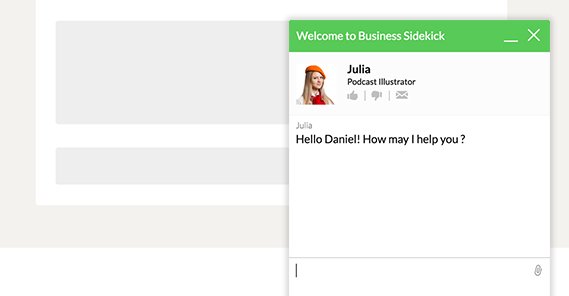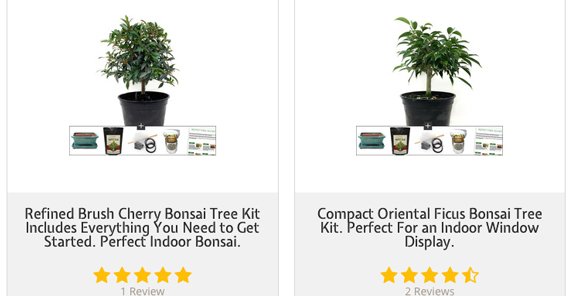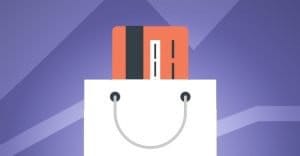15 Strategies to Promote a B2B Wholesale Business
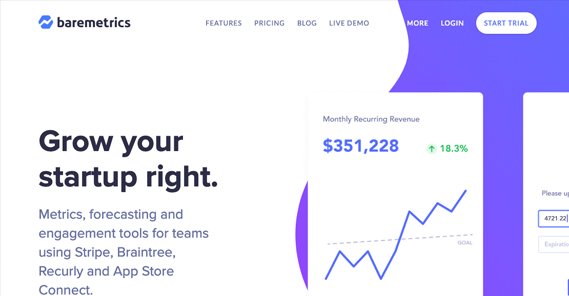
In the past, things like scarcity and lack of competition made the job of a B2B wholesaler easy. You could sell to businesses as a sole supplier simply because you were the only one capable of fulfilling orders in bulk, at the prices your customers expected.
These days, the advent of widespread internet sales and advanced on-demand technology mean the need for wholesalers is slipping. Manufacturers can sell directly, or businesses can order on-demand rather than recurring shipments and estimated bulk orders.
In order to keep up with the times, you need to offer something more. You need to be able to bring something to the table, to get and keep customers in a world where customers might not need you. You need value adds, you need efficiency, you need sales enablement, and you need a solid customer experience. Rather than relying on being the only available avenue, you need something that inspires customer loyalty.
I’ve put together 15 strategies you can employ to gather new customers, retain existing customers, and upgrade your current customers into better customers. While some of them may seem like basic strategies to some of you, others might be new, and it’s worthwhile to look into employing as many as you can.
1. Invest in a Web Presence
I can’t tell you how frustrating it is as a business to look for a supplier for something I need, only to be confronted with bare mentions of brand names with no websites, or with websites that are little more than an “about” page, or websites that bury their distribution information seven pages deep in a hidden FAQ. I’ve done digging before just to see how hard it is to access such information, and sometimes even I give up.
Investing in a modern web presence is an incredible benefit to any wholesaler. It’s even more important moving forward, as millennials – web natives – are taking increasingly prominent roles in business, often owning their own businesses and looking to grow. If you can’t reach one of the fastest growing segments of your audience, you can’t hope to keep up with the times.
This does mean you’ll have to learn or hire someone to handle the basics of SEO and web marketing. You should eventually learn your way around web advertising and social media, but even just starting by creating a content-rich website that can show up in relevant Google searches will go a long way.
2. Open up Lines of Communication
It’s important to have a web presence, but you need to do something with it as well. Using a website to show information to your potential customers is good, but you also need as many possible avenues for them to order as you can. You don’t necessarily need to set up a full storefront, though with modern e-commerce plugins like Shopify and Magento that’s not quite the difficult task it used to be.
You do, however, need at minimum the ability for potential customers to contact you via email and telephone. It’s usually a benefit to be accessible on social media as well as though a website-based live chat function as well.
3. Offer Recurring Orders
You may already do this, but if not, consider it. The subscription model has been growing in recent years, with everything from B2C companies like Dollar Shave Club to Amazon’s recurring grocery and supply orders on the table.
If you can offer a hassle-free way for customers to get a monthly shipment of their staples, with the option to spot-order additional products as necessary to fill gaps or add bonuses, you can hook a lot of potential businesses. The set-and-forget method of ordering supplies that are regularly consumed goes a long way towards keeping satisfied customers around. No one wants to have to waste time on monthly supply chains if they can help it.
4. Offer Special Deals and Incentives
Sometimes all you need to get in good with a new customer is something to push you over the edge of the competition. Special deals and incentives to customers fits the bill nicely. Maybe you can offer bulk discounts your competitors can’t.
Maybe you can offer introductory discounts on the first order, first month, or first subscription. Maybe you can offer free shipping on orders over a certain value, or discounts on multi-product orders, or something else. There’s a huge open space for any deal you can come up with, so long as it’s something you can financially handle.
5. Create Starter Packs
When you want to hook a new customer, one great way to do it is to create a starter pack. A starter pack should have a selection of your products available so the customer can see what they would be ordering. It should also be fulfilled quickly, to showcase the speed, efficiency, and flexibility of your order processing and shipping. Impress them before they have time to forget what they ordered, and you can segue them into full customers quite easily.
If you’re a wholesaler with a variety of different customers of different sizes, you can create different levels of starter pack. You can have one that has a small selection of products for a small store, and one with a larger selection for a large retailer, and even customer build-it-yourself packs for businesses that have multiple interests. Just profile your existing customers, figure out what they would like if you were trying to hook them today, and offer those starter packs.
6. Recommend Complimentary Products
One of the biggest strengths of Amazon is their ability to get you to buy more things whenever you shop on their platform. Every product page you see has recommendations for other complimentary products, or alternatives if you’re not satisfied with the primary product, or even mostly unrelated products people just happen to buy together frequently enough. Over and over, you’ll find that people spend more on larger orders because the option is right there in front of them.
Whenever you’re ready to make a sale, talk to the customer about complimentary products their business may need, or that sell together frequently enough. To sweeten the deal, you can even offer a discount when purchased together.
7. Make Information Easily Available
This can in part be covered by having a web presence, but you can also include other ways of making your product information available, such as on-order brochures, product catalogs, and mailers. In essence, you need your potential customers to find whatever information they could want, or be able to talk to someone in your organization to learn at the drop of a hat. This is why a chat system on a website can work very well as a supplement to product pages and informational PDFs. Sometimes users have questions that aren’t easily answered with a generalized FAQ, and a quick and easy communication is the ideal way to inform them.
8. Collect and Display Testimonials
User testimonials are traditionally more of a B2C technique, but they can work well in the B2B world as well, assuming you use them properly. Again, this works best with your website.
Testimonials should come from powerful or recognizable people if at all possible. If not, getting them from an inventory manager or otherwise important person at a recognizable brand is just as good. There are a lot of specific ways to encourage or solicit testimonials from your customers, so give it a try.
9. Give Top Customers a Personal Touch
Some of the best companies out there are giving their best clients a white glove level of service. Identify your top customers, maybe the top 10% of them, depending on how many customers you have, and give them a little extra customer service. Go out of your way to give them a call and ask them how they’re doing or if they have any concerns. Figure out how to offer them a loyalty or volume discount for being such loyal customers. Consider rewarding long-time customers even if they have low volume, since they’ve stuck around.
10. Emphasize Customer Service
Don’t leave the rest of your customers feeling left out in the cold. Even if you’re prioritizing your top 10% of customers, you should be offering top of the line customer service to everyone regardless of their customer status.
Helping to resolve issues quickly and conveniently is one of the top ways to retain customers, no matter whether you’re B2B or B2C.
11. Maintain and Utilize Usage Statistics
Here’s a clever trick for you. Monitor what your customers are buying on an individual basis. Identify if there are any patterns, not just in their regular weekly or monthly orders, but in their irregular orders. Maybe you notice that one customer orders a refill of a specific product every three months. When they’re getting close to the next time they’d be placing that order, send them a reminder. You know they’re going to need it; you can offer it to them ahead of time so they’re certain to get it from you. If you’re concerned about retaining that customer, you can offer an additional discount or a complimentary product at the same time.
12. Create a Referral or Affiliate Plan
Why not get your customers to bring more customers to you? Referral programs or affiliate marketing programs can incentivize your customers to send people your way, and when those new people become customers, you give something – cash back, a discount, pure money – to the referring customer. While we usually think of affiliate marketing as part of a B2C relationship, it can work well enough with B2B, especially if your typical audience is entrepreneurs and small businesses.
How do you go about starting up some kind of referral program? We covered this a while back in this post. That article lists ten different services you can use to start up an affiliate program fairly easily. Most of them are quick to set up, though you may have to pay for them.
13. Ensure Fast and Reliable Delivery
Getting new customers is important, but retaining them is even more important. One recurring customer can be worth a dozen one-time orders, if you play your cards right. While a few other strategies on this list help retain customers, like adequate customer service and deals for loyal customers, one of the best ways to keep customers around is simply to be fast and efficient with fulfilling orders.
One of the most common pieces of advice I see for wholesalers is to unify your processes. Don’t leave a gap or confirmation between ordering, processing and billing, and shipping. When a customer clicks a button or confirms they want to order something, that order should be processed and on its way in as little time as possible.
14. Offer Bundle Deals
I’ve mentioned this as a fringe concept in a couple of other strategies thus far, but it’s worth considering as an option of its own. Just make bundle deals! When a customer has three products they want to buy on a regular basis, bundle them together and offer them at a slight discount.
As long as you’re not significantly cutting into your profit margins, that bundle can keep a customer buying a product they don’t necessarily need for far longer than they might otherwise. It can also convince some other businesses to buy the bundle for the discount, even if they don’t necessarily want everything in it.
15. Pitch to New Ideal Customers
You may have come across this advice before, as it’s often given out to new wholesalers, but you can put it to use at any time. Think about your business and make a list of the top 100 businesses you would consider to be ideal customers. Maybe they’re huge, maybe they’re throwing money around, maybe they’re local, maybe you just want to support them.
Take this list of 100 and start building out a list of contact information for each of them. Then start to reach out. You can call them, you can send mailers, you can contact specific managers via email if they’re the one you think is influential in the purchasing process. Simply try to acquire these as new customers. You may be surprised at how receptive they are.
 ContentPowered.com
ContentPowered.com
